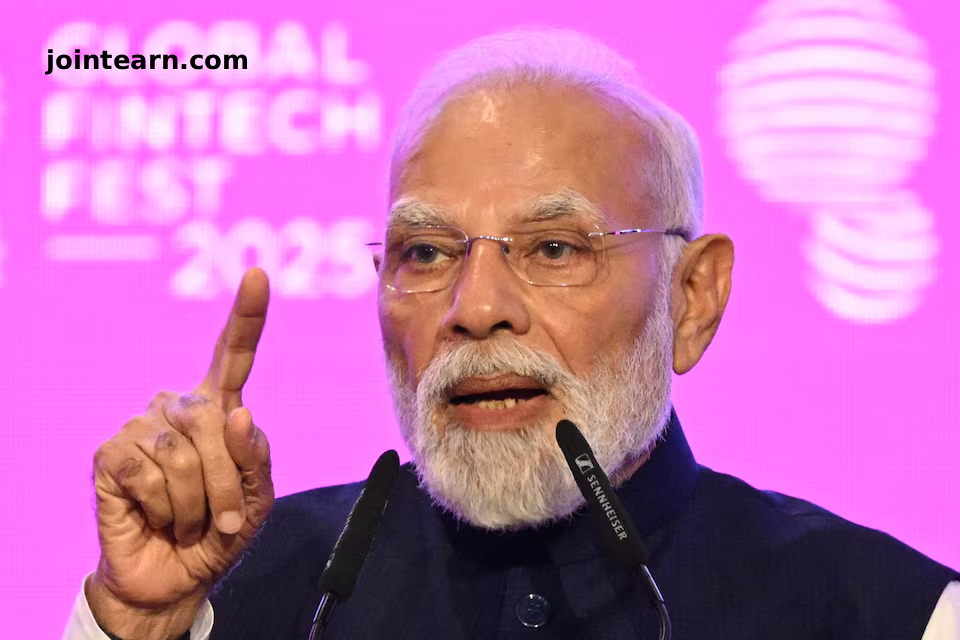
India Plans $12 Billion Rescue Package for Debt-Ridden State Power Distributors
NEW DELHI (October 29, 2025) — The Indian government is preparing a massive 1 trillion rupee ($12 billion) bailout plan aimed at rescuing the country’s debt-laden state-run power distribution companies (discoms) — one of the most ambitious reform efforts in the energy sector under Prime Minister Narendra Modi’s administration.
According to government officials and an internal Ministry of Power document reviewed by Reuters, the bailout will be conditional: states must privatise their electricity utilities or list them on stock exchanges to access the funds.
The initiative marks a significant escalation in the Modi government’s effort to restructure the chronically loss-making power distribution sector, which has long been considered the weakest link in India’s otherwise fast-growing energy chain.
The Roadmap: Conditional Bailout and Power Sector Reform
Under the proposed framework, states will have to meet at least 20% of their total power demand through private operators while also assuming part of the utilities’ outstanding debts.
Two primary options are being discussed:
- Full Privatisation Model:
- States may establish a new distribution entity and divest a 51% equity stake to private investors.
- In return, they will qualify for a 50-year interest-free federal loan to clear existing debts and access low-interest loans for five years.
- Partial Privatisation Model:
- Alternatively, states can privatise up to 26% equity in existing discoms.
- This will make them eligible for low-interest federal loans for five years.
States unwilling to privatise will be required to list their discoms on recognised stock exchanges within three years. Those choosing to list will still receive low-interest federal loans for infrastructure improvement and operational efficiency.
The Power Ministry and Finance Ministry are finalising details, with a formal announcement expected in the February 2026 Union Budget.
Mounting Losses: Why India’s Power Distributors Need Urgent Relief
India’s state-run discoms have been financially distressed for years, accumulating 7.08 trillion rupees ($80.6 billion) in losses and 7.42 trillion rupees ($84.4 billion) in outstanding debt as of March 2024.
Despite three previous federal bailouts over the past two decades, the sector remains trapped in inefficiency, poor billing recovery, and deeply subsidised electricity tariffs driven by political pressure.
Experts note that this bailout, unlike earlier ones, is tied to structural reform conditions, including privatisation and professional management — signaling a decisive shift in policy direction.
“Privatisation is much needed to improve both financial and operational performance of many power distribution companies. However, this move could face strong political resistance and require bold decision-making,” said Debabrat Ghosh, Head of India at Aurora Energy.
Private Sector Poised to Benefit
Private energy majors such as Adani Power (ADAN.NS), Reliance Power (RPOL.NS), Tata Power (TTPW.NS), CESC (CESC.NS), and Torrent Power (TOPO.NS) are likely to gain the most from the reforms. These firms could secure controlling stakes or management contracts in previously state-run utilities.
Privatised zones like Delhi, Maharashtra, and Gujarat already demonstrate better performance in billing efficiency, reliability, and loss reduction, serving as models for future reforms.
The government also plans to amend existing laws to allow private operators to use existing state-run power infrastructure, enabling a smoother transition to mixed ownership models.
Political Resistance and Implementation Challenges
While the bailout plan represents a turning point for India’s power sector, resistance from employee unions and opposition parties remains a major hurdle. Past efforts to privatise state discoms have been derailed by protests and political backlash, particularly in rural and opposition-ruled states.
However, Modi’s administration views the reform as essential to achieving India’s 2040 clean energy goals and ensuring that state utilities no longer threaten the stability of the broader power ecosystem.
Analysts suggest that successful implementation of this $12 billion package could reduce India’s fiscal burden, attract foreign investment, and boost the country’s progress toward a more efficient and sustainable power sector.
Leave a Reply